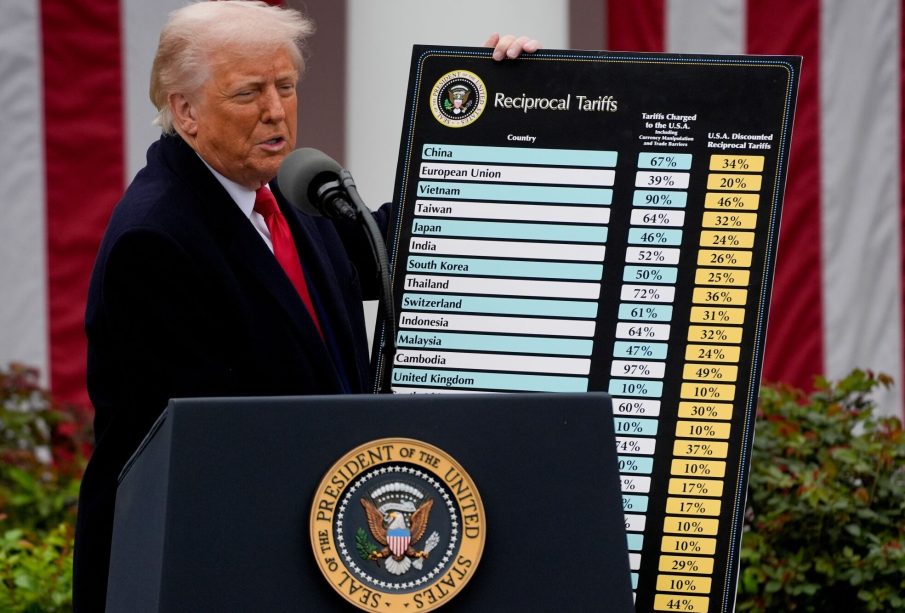The Impact of Trump Tariffs on U.S. Trade Policy

Introduction
The Trump tariffs introduced during Donald Trump’s presidency significantly reshaped U.S. trade policies and had sweeping impacts on both the domestic economy and international relations. Understanding the ramifications of these tariffs is crucial for businesses, policymakers, and consumers as they navigate a complex global market.
Overview of Trump Tariffs
Commencing in 2018, the Trump administration imposed a series of tariffs aimed largely at China, with the intention of addressing trade imbalances and protecting American jobs. Key tariffs included a 25% levy on steel and a 10% tax on aluminum imports, which affected numerous allied nations as well as China. Additionally, tariffs on hundreds of billions in Chinese goods aimed at protecting intellectual property and requiring China to purchase more U.S. goods.
Economic Consequences
The tariffs sparked immediate reactions in various sectors. While some industries such as steel and aluminum saw short-term benefits, other areas like agriculture were hit hard. Farmers, particularly in soybean and dairy production, reported significant losses due to retaliatory tariffs imposed by countries like China. The U.S. agricultural exports fell, impacting farmers’ incomes and contributing to heightened financial uncertainty in rural areas.
International Relations
The tariffs strained relationships between the U.S. and its trading partners. Countries such as Canada, Mexico, and members of the European Union expressed concern and criticized the unilateral measures taken by the U.S., arguing that such tariffs disrupted established trade agreements and global cooperation. In response, nations implemented their own tariffs, leading to a trade war that affected global markets.
Recent Developments
Since the end of Trump’s presidency, discussions around these tariffs have continued. The Biden administration has faced pressure from various stakeholders, including manufacturing sectors that still benefit from tariff protection, while others urge for a renegotiation of trade relationships. In 2021, the Biden administration indicated a more flexible approach, yet many Trump-era tariffs remain in effect as the government evaluates their long-term impacts.
Conclusion
The implications of Trump tariffs thus continue to unfold. Economists and trade analysts predict that the long-term effects may not be fully realized for years to come. As the global economy seeks recovery from the COVID-19 pandemic, understanding these tariffs is vital for navigating challenges in trade relationships, ensuring fair practices, and promoting sustainable economic growth. This evolution of trade policy will significantly influence America’s standing in global commerce.


